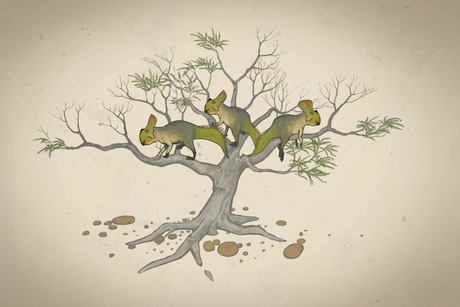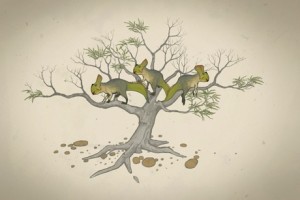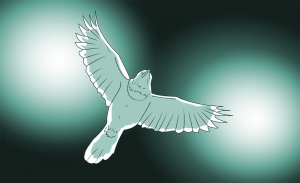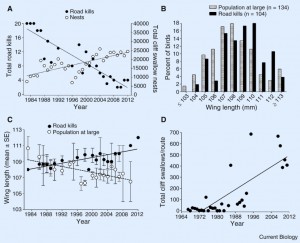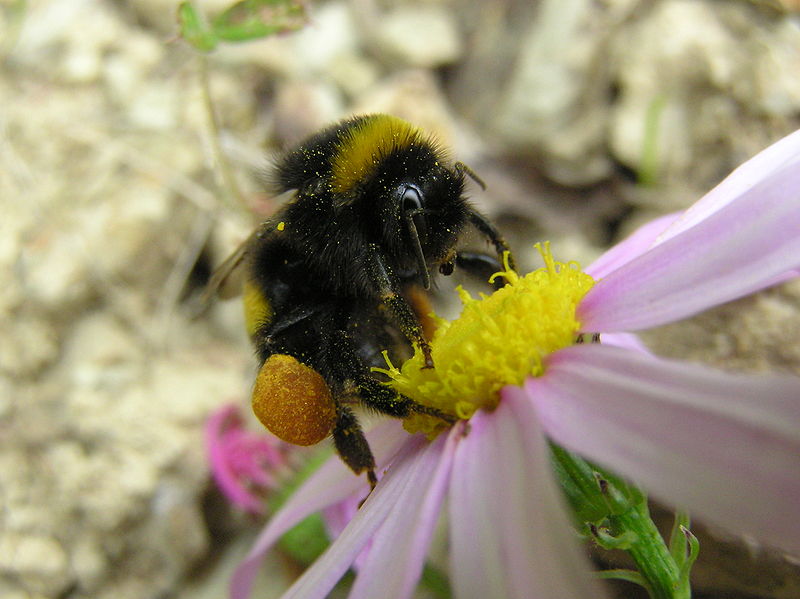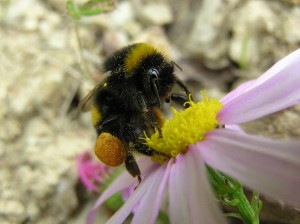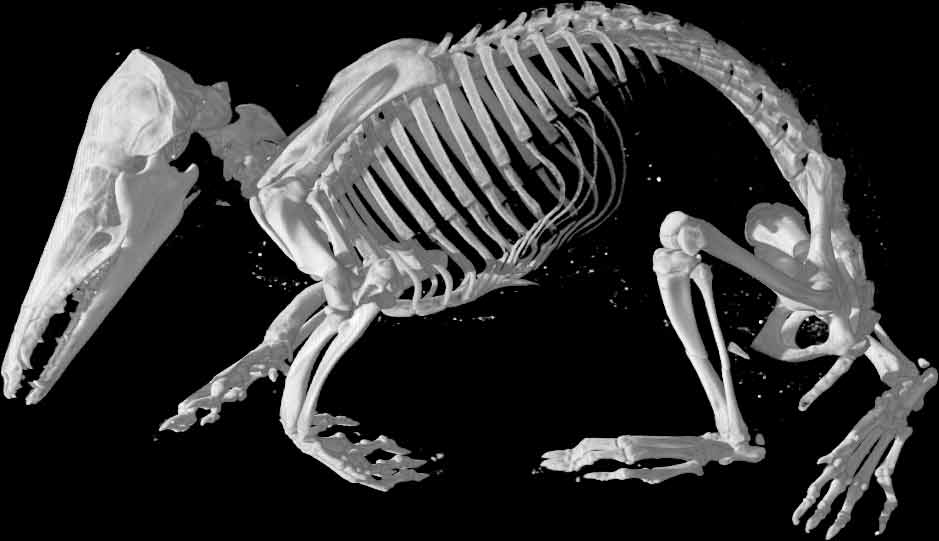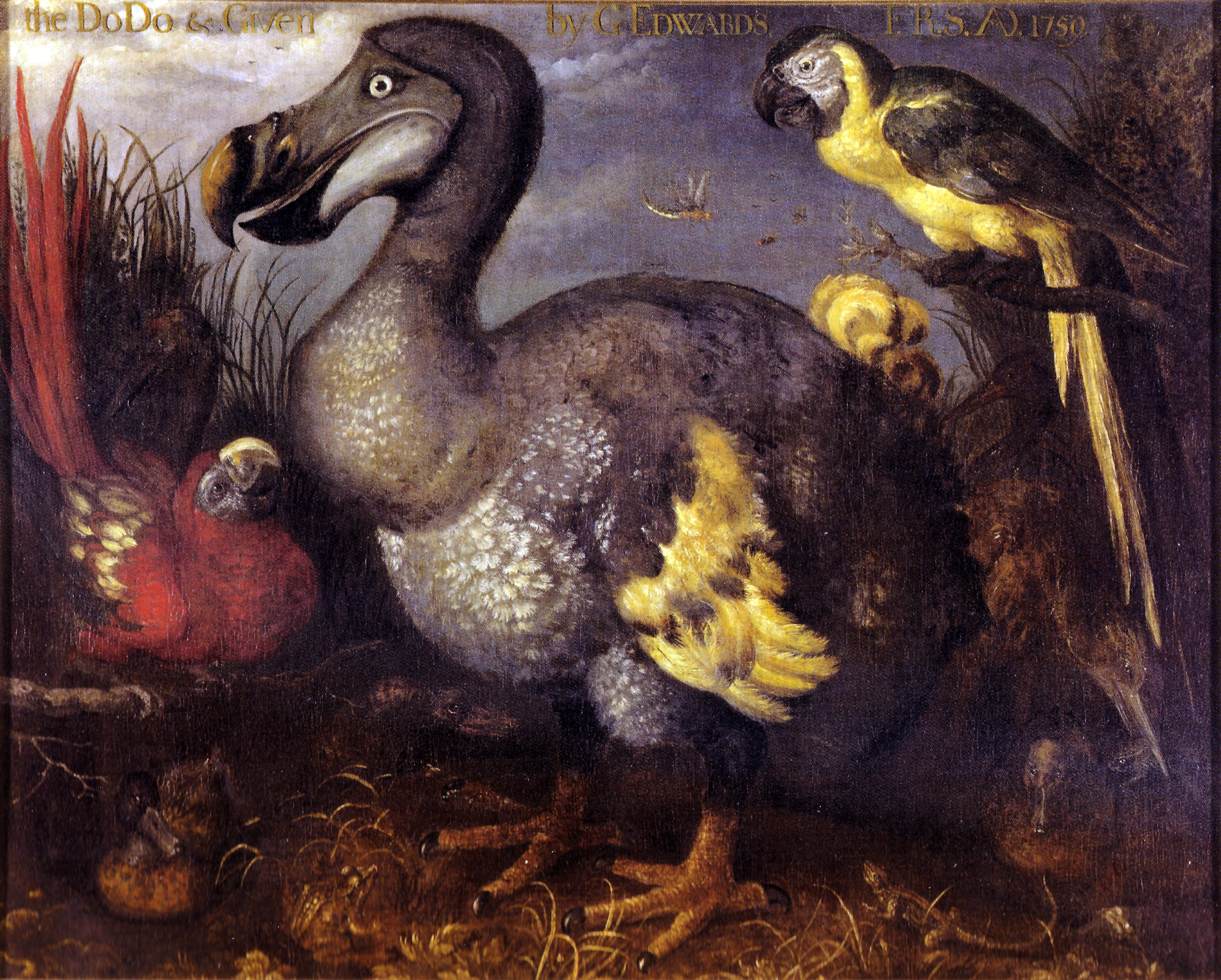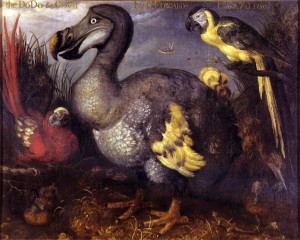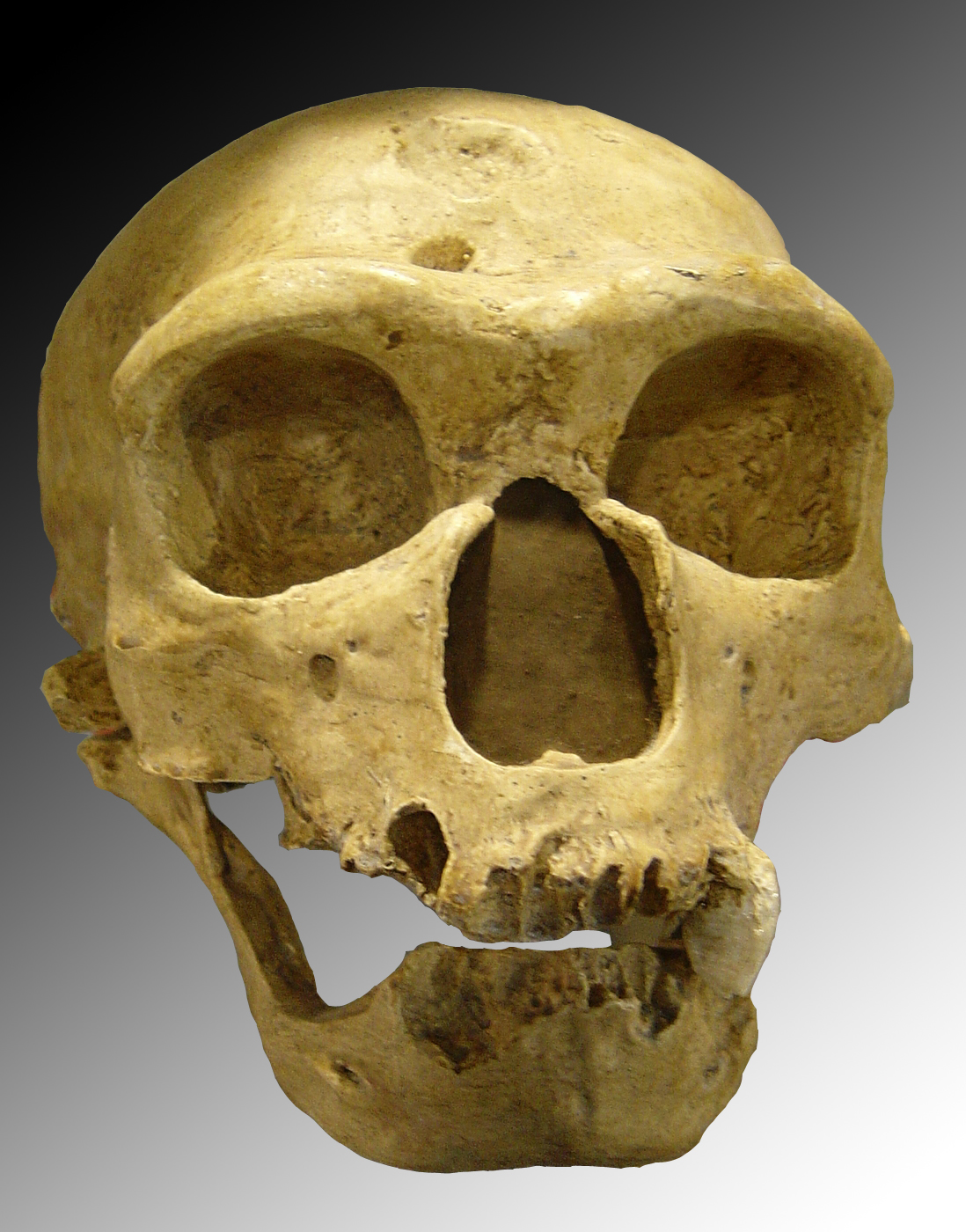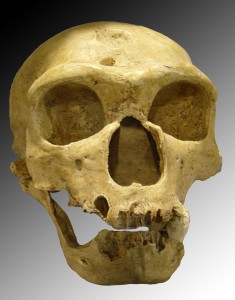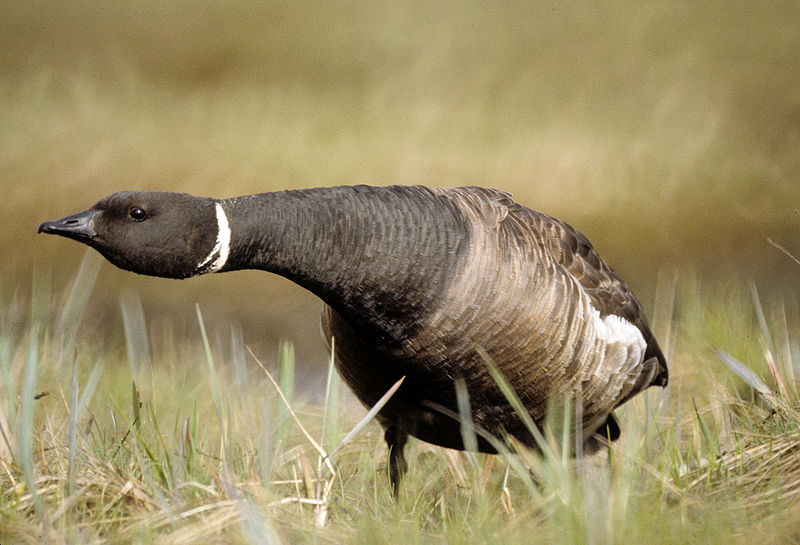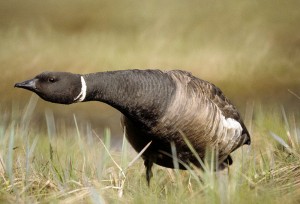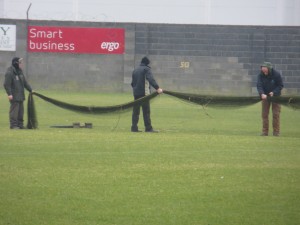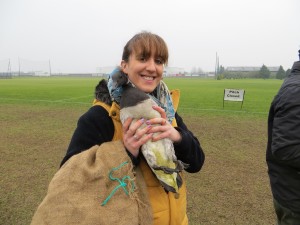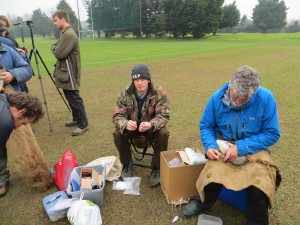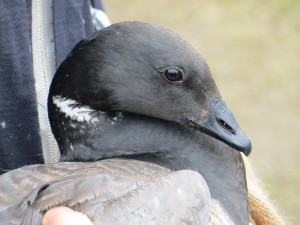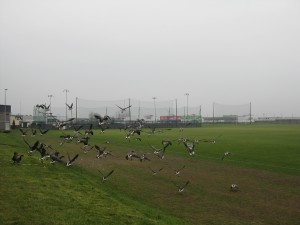I’d like to ask the question many paleontologists have to face when they (foolishly) venture out of their museum storage: “So you’re studying fossils right? But what will that bring to the people? A cure for AIDS?”. There are many possible answers from a punch in the face to more mature responses. But I was recently asking myself the question from a biologist’s point of view: “What can biologists really do with the fossil record?”. Well obviously, we can use it to recreate and understand the history of our planet (like in Nature last week) or to do use some nice methods in trying to understand ancient ecosystems. People even might feel lyrical and do some serious work on paleo-poetry! But all of these guys are paleontologists right? They live in their museums and only go out for a movie once every 10 years… How about the other biologists?
Think about it, when ever you’re studying any organism, it is obvious (thanks to this bearded ape) that they had a 3.5 billion year history behind them. Ignoring that might lead to a misunderstanding? As an example, I’d like to use my favorite PhD-presentation example: the crocodiles. When we talk about crocodiles, we automatically think about the few species of big lizard that live in rivers in the tropical/sub-tropical latitudes. But, after a quick look at the history of our planet, the only description that is more or less correct is “lizard” (archosaurians to be more precise). Crocodiles are composed of many species (8 genera today – soon to be 6 – but >70 in prehistoric times) that lived in rivers as much as in the sea, on the ground or even sometimes in trees and in tropical to temperate climates (remains of crocs were found in Normandy – France).
Well maybe that’s just because of this group. But if you think about it, many other groups have ecological or evolutionary features that becomes truly astonishing once you take into account their full history. For my PhD I decided, with Natalie, to look at this fun fact (life existed before yesterday and the people studying it don’t always focus on dinosaurs) through primates. My idea is to combine extant data based on DNA with extinct data based on morphology to have an integrative tree of all primate history. I agree that this sounds a bit too easy and naive, (the method is a bit more complex) and I’ll probably end up with something more humble. However I think the primates can be a good example to illustrate the point about the hidden diversity among extinct groups. The primate fossils are not dramatically different than the extant once (unlike crocs, there were no pelagic primates) but they still show some really interesting features, for the macroecology side, combined extant and extinct primates show massive variation in body mass in some groups (lemurs) but very few variations in others (tarsiers). Or on the macroevolution side, such an integrative tree could provide some further understanding to the old debate of primate origins! Well at least I hope so. For now I’m just comfortable with eating some burgers with a diet coke and a gun in a pickup truck while I’m scanning some primates in the Smithsonian Institution in Washington DC.

